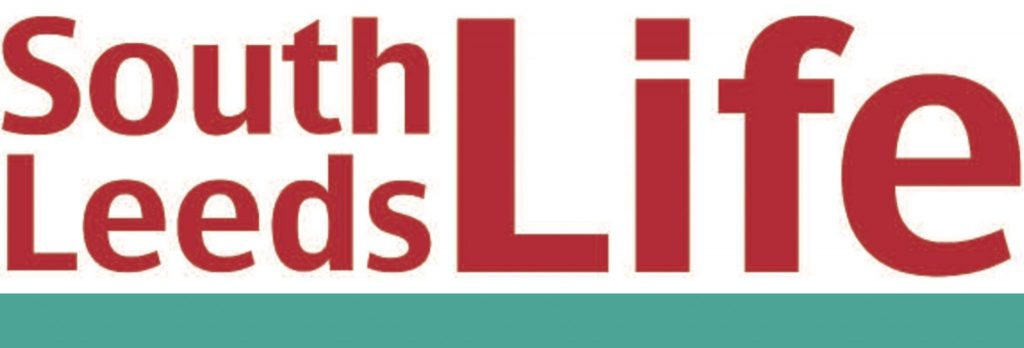
![]() The release of the Grenfell Inquiry report on 4 September demonstrated in forensic detail how a culture of “systemic dishonesty” led to the disaster that cost 72 people their lives, seriously injured around 70 more and robbed 600 people of their homes and all their possessions.
The release of the Grenfell Inquiry report on 4 September demonstrated in forensic detail how a culture of “systemic dishonesty” led to the disaster that cost 72 people their lives, seriously injured around 70 more and robbed 600 people of their homes and all their possessions.
Importantly, the Inquiry concluded that every single death was avoidable.
The Grenfell disaster was the biggest loss of life in a residential fire in decades, but it was not the only one. A fire in Lankal House in 2009, killed 6 people. The inquest reported that it was the cladding panels burning through in less than five minutes that allowed the fire to spread and make escape impossible. Combustible cladding and a lack of fire breaks were noted in at least 4 other lethal fires and a number more narrow escapes. All had investigations, all had recommendations that were never followed though.
For the bereaved families and the Grenfell community, from the beginning they have asked for two things. One, that those responsible are held to account. This has not happened yet and their wait for the Inquiry findings, and now the further wait for criminal prosecutions to begin has been unbearable.
Secondly, they asked for reassurance that a tragedy like Grenfell could not happen again. They have had to watch on as the clear promises of “never again” in the immediate aftermath of the fire, have faded into bureaucratic mumbles as the full extent of the problems in high rise construction have become known.
Since Grenfell, in Leeds alone, around 70 residential buildings have been found to have potentially fatal fire defects – these include flammable cladding or insulation and substandard fire breaks. Despite numerous directives by government and the fire service, to date, less than half of these have been made safe. For the other half: many have been trapped in legal wranglings over who is responsible for the work, others have bounced between funding schemes, others plagued by false starts and finding further defects and yet others completely ignored by their absentee freeholders, frequently held in offshore accounts.
For those of us who live and own leases in these buildings, the ongoing wait for safety has been tough. From the initial shock at finding out that our homes are not safe, to being passed on bills in the thousands of pounds for interim measures, and living for years with the threat that the eventual remediation bill in the hundreds of thousands could be legally charged back to us.
In April 2022 the Building Safety Act clarified that it was developers and freeholders in the first instance, who should pay to put their buildings right. And whilst this felt like a victory at the time, by and large this clarification has only resulted in an even slower pace of remediation as corporate owners have demonstrated a reluctance to free up the funding, preferring to put their organisational capacity into continue putting up new buildings, rather than putting right past mistakes.
Thousands of leaseholders in Leeds are still living in a state of limbo: flats inside unsafe buildings cannot be sold or remortgaged, service charges are increasing exponentially and the cost of insurance is rocketing – all without an end date in sight. As this situation has now rolled into years with all the life changes that can happen in that time, many leaseholders have been forced to become reluctant landlords and others have had to leave their flats empty due to the uncertainty of when work may or may not begin. Moreover, thousands of us go to bed every night, knowing that our homes are fundamentally unsafe, and yet powerless to change that.
One reading of the Inquiry findings might be that the root causes of the Grenfell fire can be summarised as greed – knowingly selling unsafe products and cutting corners for the sake of profit; incompetence – unqualified and inexperienced people making decisions outside of their expertise; arrogance – that the rules and regulations didn’t need to be followed; and indifference – for the lives of the people who lived in the building.
Unfortunately, despite the Inquiry findings, despite an Act of Parliament and despite many fine words that “safety is a priority”, those core factors of greed, incompetence, arrogance and indifference remain the barriers to building safety now, as much as they did on the night before the Grenfell fire.
Sir Martin More-Bick, chair of the Grenfell Inquiry describes the previous failure to learn as the “path to disaster”. He hopes that Grenfell can be landmark case, that his recommendations can lead to fundamental shifts in how homes are planned, designed, constructed and regulated.
In the words of Grenfell United, “We are fighting for everyone to be safe in their homes and for justice for our loved ones.” Seven years on, we still seem a long way from either.
This post was written by Rachael Loftus, a member of Leeds Cladding Scandal, part of the End Our Cladding Scandal campaign.
While you’re here, can we ask a favour?
South Leeds Life is published by a not-for-profit social enterprise. We keep our costs as low as possible but we’ve been hit by increases in the print costs for our monthly newspaper which have doubled in the last two years.
Could you help support local community news by making a one off donation, or even better taking out a supporters subscription?
Donate here, or sign up for a subscription at bit.ly/SLLsubscribe


